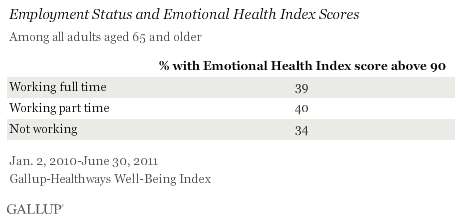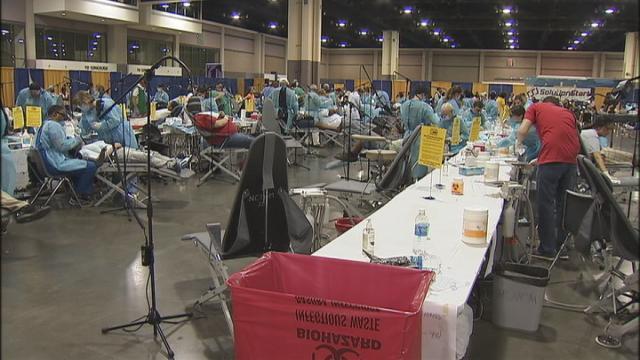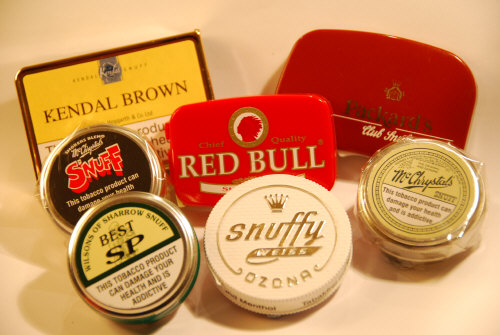Study: Sugar-Free Polyol Gum, Lozenges and Hard Candy Help Prevent Dental Caries
Posted on
Spry Sugar-Free Gum
A multi-disciplinary expert panel, convened by the American Dental Association (ADA) Council on Scientific Affairs, issued a report this month containing clinical recommendations that sugar-free chewing gum, lozenges and hard candy including xylitol or polyol combinations, and a prescription varnish with chlorhexidine and thymol could be beneficial in preventing cavities when used as adjuncts to a comprehensive cavity prevention program which includes the use of fluoride-containing products.
The panel noted in its report that these nonfluoride options could provide an extra benefit to prevent cavities in patients at high risk for developing cavities when used in addition to products such as toothpaste, dental sealants and varnishes that contain fluoride as well as community water fluoridation and good eating habits.
The full report is available on the ADA’s Center for Evidence-Based Dentistry (EBD) website (http://ebd.ada.org/). The executive summary of the report is published in the September issue of The Journal for the American Dental Association. The clinical recommendations from the expert panel were reviewed and approved by the ADA’s Council on Scientific Affairs.
What are the exact recommendations?
- In addition to a comprehensive cavity-prevention program which includes the use of fluoride, the scientific panel recommended that clinicians consider applying a mixture of cholrhexidine-thymol varnish to the teeth of high-risk adults and the elderly every three months to reduce cavities developing in the root of the tooth.
- The panel encouraged clinicians to consider advising parents and caregivers of healthy children older than 5 years who are at higher risk for cavities to chew sugar-free polyol gum after meals for 10 to 20 minutes to prevent cavities.
A polyol is a low-calorie sweetener such as xylitol, sorbitol or mannitol, which is not broken down by the bacteria in the mouth and therefore does not contribute to tooth decay. The panel also recommended that sucking xylitol-containing sugar-free lozenges or hard candy after meals may reduce cavities in children.
Fair enough and certainly cheap enough that most patients can avail themselves of the protocol.
Application of the varnish in adults could be an access to care issue, however, since it will have to be done in a clinical setting.





